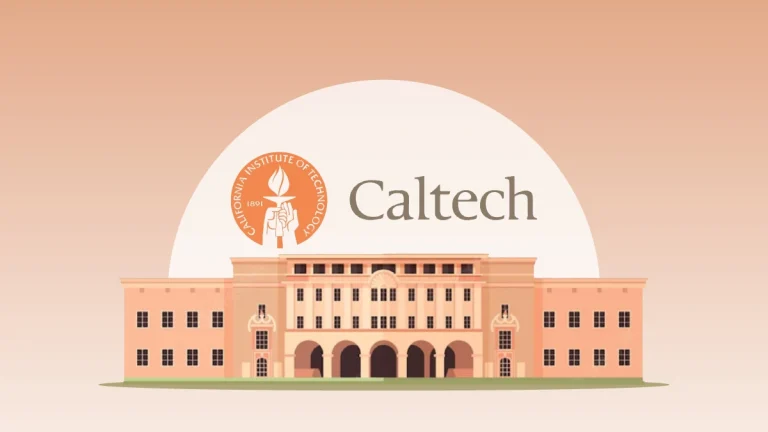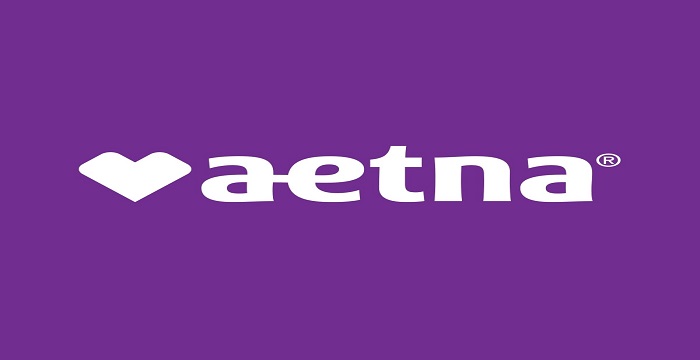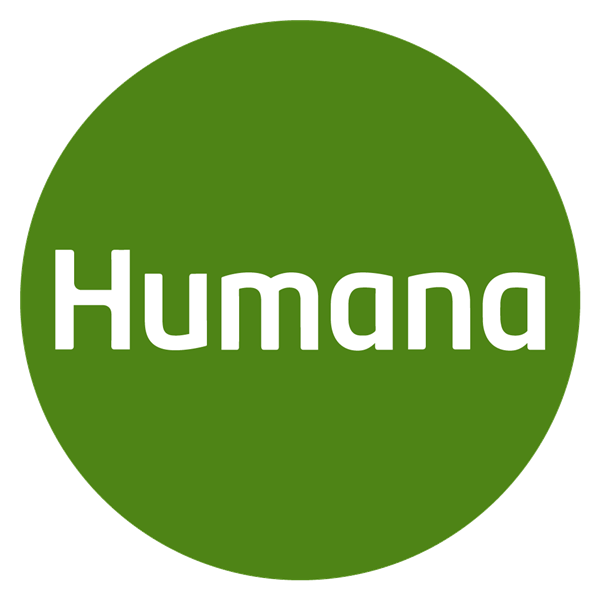
The bounds of creativity are being reshaped at the fascinating nexus of artificial intelligence (AI) and the creative arts. AI in Creative Arts is not only supporting artists but also assuming the role of the creative in fields such as music composition and visual arts. The fusion of human creativity and machine learning is creating innovative art and posing fascinating queries about the direction that art will take.
Music Composition and Production:

Significant progress has been achieved by AI in the field of music, as algorithms are now able to create creative works that imitate the styles of well-known composers in a variety of genres. Deep learning is used by platforms like Google’s Magenta project and OpenAI’s MuseNet to produce music ranging from pop to classical. These AI algorithms can create music that is both intricate and musically beautiful by analyzing enormous datasets of musical compositions to identify patterns and structures.
“Daddy’s Car,” a song written by AI in the vein of The Beatles, is one prominent example. With this experiment, Sony’s CSL Research Laboratory shows how artificial intelligence (AI) can imitate the sound of legendary bands to create music that is both avant-garde and recognizable.
Visual Arts: From Brushes to Bytes

AI is causing waves in the visual arts field by producing breathtaking and distinctive artwork. In this area, GANs (Generative Adversarial Networks) have a significant impact. These networks are made up of two neural networks that collaborate to produce new pictures. GANs are used by artists like Mario Klingemann and Refik Anadol to produce captivating digital art that challenges our capacity for imagination.
AI in Writing and Storytelling:

AI in writing systems that can write poetry, stories, and even news articles have been made possible by advances in Natural Language Processing (NLP). OpenAI’s GPT-4, for example, can produce human-like text that can be both informative and entertaining. By using AI, writers can overcome writer’s block, come up with ideas for new projects, or collaborate on content creation, an increasingly collaborative creative process.
AI in Filmmaking:

AI in Filmmaking is undergoing a transformation thanks to artificial intelligence (AI) tools, which may help with scriptwriting, automated editing, and even deepfake technology for realistic visual effects. Filmmakers can concentrate more on the artistic elements of production by using these technologies, which can save time and money.
Can AI Truly Be Creative?
Though amazing, AI’s creative arts capabilities highlight basic problems regarding originality and creativity: can AI be truly creative, or is it just copying human creativity? Here are various opinions on the matter:
- Pro-AI Creativity: Advocates contend that by offering fresh tools and viewpoints, AI may augment human creativity. AI may perform monotonous jobs, provide inspiration, and even produce creative works of art, expanding the realm of what is conceivable in the arts.
- Skeptics: According to critics, AI lacks the consciousness and emotional complexity that are the foundation of genuine creativity. They contend that rather than emerging from a singular, sentient experience, AI-generated art is derivative, largely depending on patterns and data from previous works.
The Future of AI in Creative Arts:
Though its application in the creative arts is still in its infancy, artificial intelligence has enormous potential. We may anticipate increasingly more complex and nuanced human-machine cooperation as AI technology develops. Here are a few future projections:
- Improved Collaboration: AI will provide instruments that augment artistic expression rather than replace it, allowing artists and AI to collaborate more easily.
- New Art Forms: Using a combination of cutting-edge technology and conventional methods, humans and AI may collaborate to create completely new kinds of art.
- Democratization of Creativity: AI tools have the potential to increase the accessibility of creative arts to individuals without formal training, enabling a wider spectrum of voices and viewpoints to be represented in artistic creations.
Conclusion:
Our notion of creativity and artistic expression is challenged by the exciting and quickly developing field of artificial intelligence in the creative arts. It remains to be seen if AI can ever truly capture the breadth of human creativity, but in the meanwhile, its current contributions are unquestionably changing the artistic environment. Innovation in creativity is expected to increase in the future as long as artists and technologists continue to work together.






